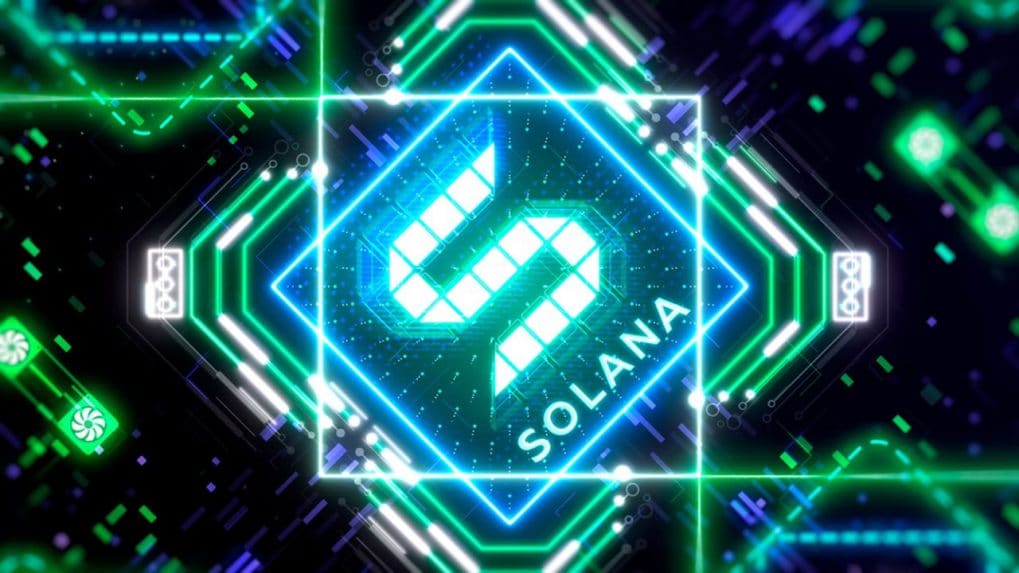
Mini
Solana has over 1,900 validators, but smaller clusters of around 150 validators process transactions. This form of centralisation, in conjunction with its sub-second block time, enables a throughput of 50,000 to 65,000 transactions per second, making Solana the fastest blockchain currently on the planet.
Solana is a blockchain that has conflicting conversations around it. Many see it as an able competitor to Ethereum, given the lower cost of transactions and high throughput. However, hacks and technological failures have given critics reason to raise their voices. In this article, we dive deep into what Solana is, its technology, its rise and why it is facing many troubles in current times. We will also take a look at what could be the possible future of this Ethereum killer.
The beginning
Solana was founded in 2017 by seasoned software engineer Anatoly Yakovenko and built by Solana labs in the US. Its current development is undertaken by the Solana foundation, a non-profit based in Switzerland.
In its three staged ICO from 2018 to 2020, the project raised close to 25 million dollars to continue its development and over 300 million dollars from crypto venture capitalists last year.
The Solana blockchain uses a new proof-of-stake consensus mechanism that leverages a technology known as proof-of-history that brings in the ability to time stamp transactions.
The Solana mainnet went live in 2020, but it is still in its beta version, and we’re yet to get confirmation on when the full or final version will go live.
What makes Solana special?
Solana has over 1,900 validators, but smaller clusters of around 150 validators process transactions. This form of centralisation, in conjunction with its sub-second block time, enables a throughput of 50,000 to 65,000 transactions per second, making Solana the fastest blockchain currently on the planet.
To date, Solana has processed more than 15 times the number of transactions compared to Ethereum at a fraction of the cost. The transaction latency is also wildly better; it is less than a second compared to more than 5 minutes that Ethereum generally takes for transactions.
What makes Solana more special is the Phantom wallet which has an intuitive UI that makes interaction with Solana a breeze. The wallet has already been downloaded millions of times — a good sign for the blockchain.
SOL factor
Sol is the native currency of the Solana blockchain that is used for two reasons. The first is to pay for the transaction costs. Half of every transaction fee is burned, and the other half is rewarded to validators. The other use of SOL is staking. You can stake your SOL holding to earn more SOL.
The troubles
Solana has had many troubles in the short time it has been around. These troubles are reason enough for people to start thinking about it as a fading star instead of a longstanding competitor of Ethereum. Let’s look at the most common troubles.
The downtimes have been the greatest pain point for Solana and its users. In May, the network suffered its 5th outage in 2022. While the latest downtime was caused due to something known as “durable nonce instruction”, the other breakdowns had one common reason: spamming bots.
Solana’s incredible transaction speeds make it easier for bots to spam fake transactions and flood the blockchain, causing it to come to a standstill. In Solana’s defence, the spamming is constant, and it is, in fact, commendable that the downtime is usually restricted to less than 24 hours. The users, however, are as impatient as the rest of the world, and any downtime is bad press for Solana.
The second set of troubles comes with the hacking of wallets. Twice in recent memory, Solana wallets have been hacked, and millions were taken away from users. Sometimes it is because of a third-party bug, and other times it is a Solana collaboration with security vulnerabilities. While these could be mistakes that will never be repeated, the impression this leaves on new users is extreme caution given the history.
The third and last issue is the absence of transparency. It started with the long-term transaction records, which were said to be preserved someplace but are now stored with Google Bigtable. People also wonder if the centralisation within Solana has passed a point of no return because one of the USPs of blockchains is verifiable transparency, which Solana hasn’t managed to keep up.
Conclusion
Despite all these issues, media outlets and crypto channels have constantly ranked Solana on their lists of bankable cryptocurrencies. Solana also ranks very high on the Nakamoto Coefficient, which has led people to question the metric itself.
In its first four years, Solana has gotten an audience and user base that is very satisfied with its ease of operation, high transaction speeds and low costs. The NFT marketplace of Solana has even surpassed OpenSea to become one of the biggest in terms of trade numbers. The Solana Pay protocols also see more and more merchants joining the bandwagon.
With all of these advancements, the only remaining thing is streamlining the operations so that bot hacks and bugs don’t disrupt the blockchain. With the right fail safes in place, Solana has much potential to become a globally available, cheap and fast alternative to big daddy Ethereum.
This news is republished from another source. You can check the original article here

Be the first to comment